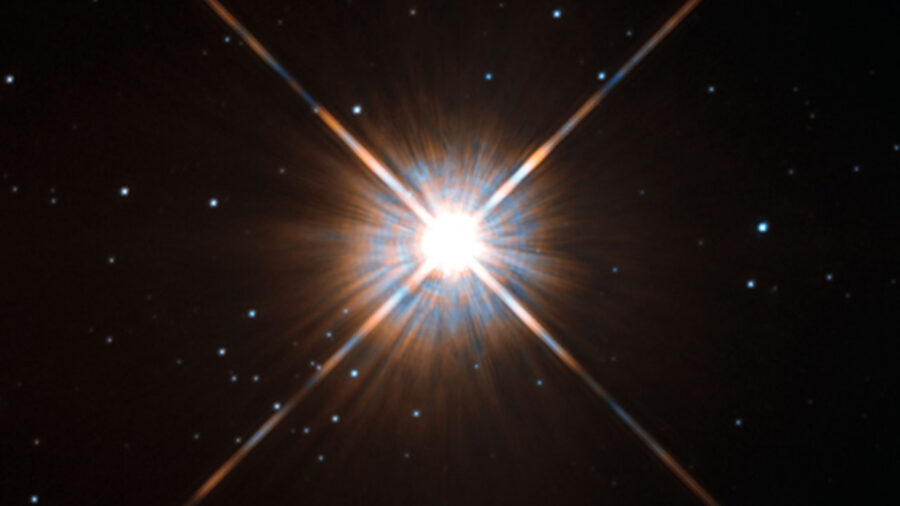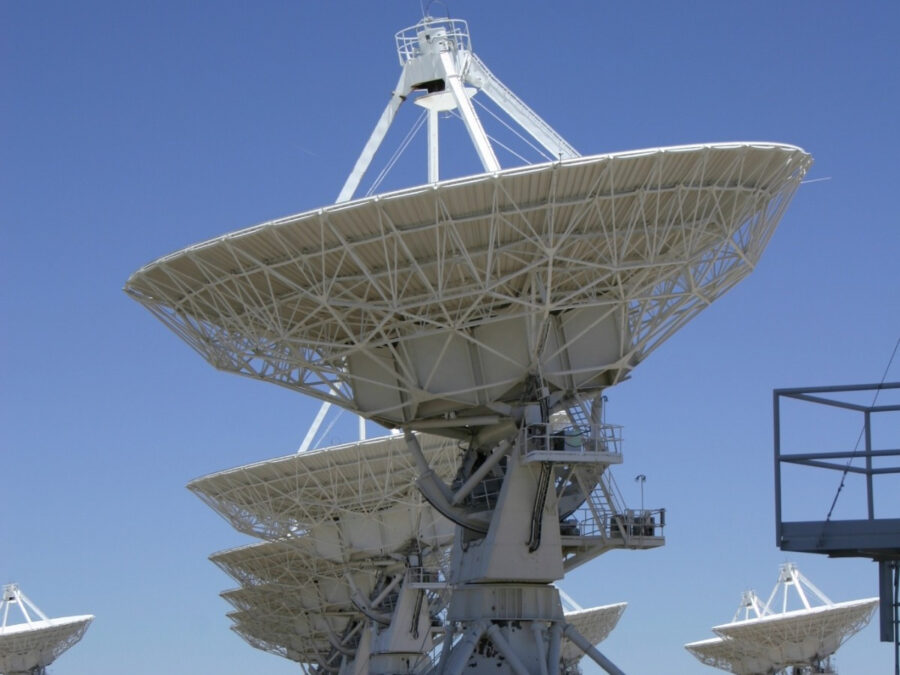Alien Signal Coming From Nearby Star Proxima Centauri
An alien signal has been received from our closest neighboring star, Proxima Centauri.
This article is more than 2 years old

How are we ever going to locate extraterrestrial life? Maybe, like in some science fiction movies, they’ll land here one day and ask to speak to our leader. Another big theory is that we’ll discover a stray alien signal or one being sent directly to us. One such message coming from nearby star Proxima Centauri has had experts curious since April of 2020. What’s more? There’s a debate to be had over the possibility of life on one of the two planets circling the star. The signal also moved a bit during the 30 hours of observation, in line with what you’d expect from a signal coming from a rotating planet.
Of course, that doesn’t mean the narrow radio beam is a sign of life. So far, the job of astronomers at the Breakthrough Listen project is to find an alien signal. They then track down its perfectly normal source, like a passing satellite or equipment here on Earth. However, since picking up the radio signal, astronomers haven’t been able to identify an origin.
The team at the Breakthrough Listen project is now working on a paper known as BLC1 to put together everything they know so far about this emission.

This isn’t like when Miley Cyrus let us know UFOs were chasing her (while she was stoned). Today, astronomers are comparing the alien signal from Proxima Centauri to the “Wow” signal from 1977. This was a big moment in the history of searching for aliens, named after the “Wow!” an astronomer wrote in the margins of collected data. While most astronomers agree that we will, eventually, find a source for the radio signal that doesn’t speak to extraterrestrial life, we don’t know yet.
Lewis Dartnell, a professor at the University of Westminster in science communication, was asked why an alien signal was such a stretch to believe. He explained, “The chances against this being an artificial signal from Proxima Centauri seem staggering. We’ve been looking for alien life for so long now and the idea that it could turn out to be on our front doorstep, in the very next star system, is piling improbabilities upon improbabilities. If there is intelligent life there, it would almost certainly have spread much more widely across the galaxy. The chances of the only two civilisations in the entire galaxy happening to be neighbours, among 400bn stars, absolutely stretches the bounds of rationality.”
While many of the shared observations from astronomers about this alien signal make it clear they feel it’s unlikely, they are still looking. Astronomers know how important it is to be cautious when speaking to the public about the search for aliens. It’s a topic easily made sensational, studied by serious scientists wanting to better understand the universe.

Jill Tarter, a well known American astronomer, has explained several times that the search for alien life is still young. We haven’t been looking for long. Our tools aren’t advanced yet. A decade from now, we’ll know a lot more about what to look for. The more radio signals astronomers find, the more work they’ll do to find their sources. As time goes on, they’ll learn more techniques that will help them eventually find the big alien signal that tells us something new. Or at least, that’s the optimistic hope that keeps them searching.












